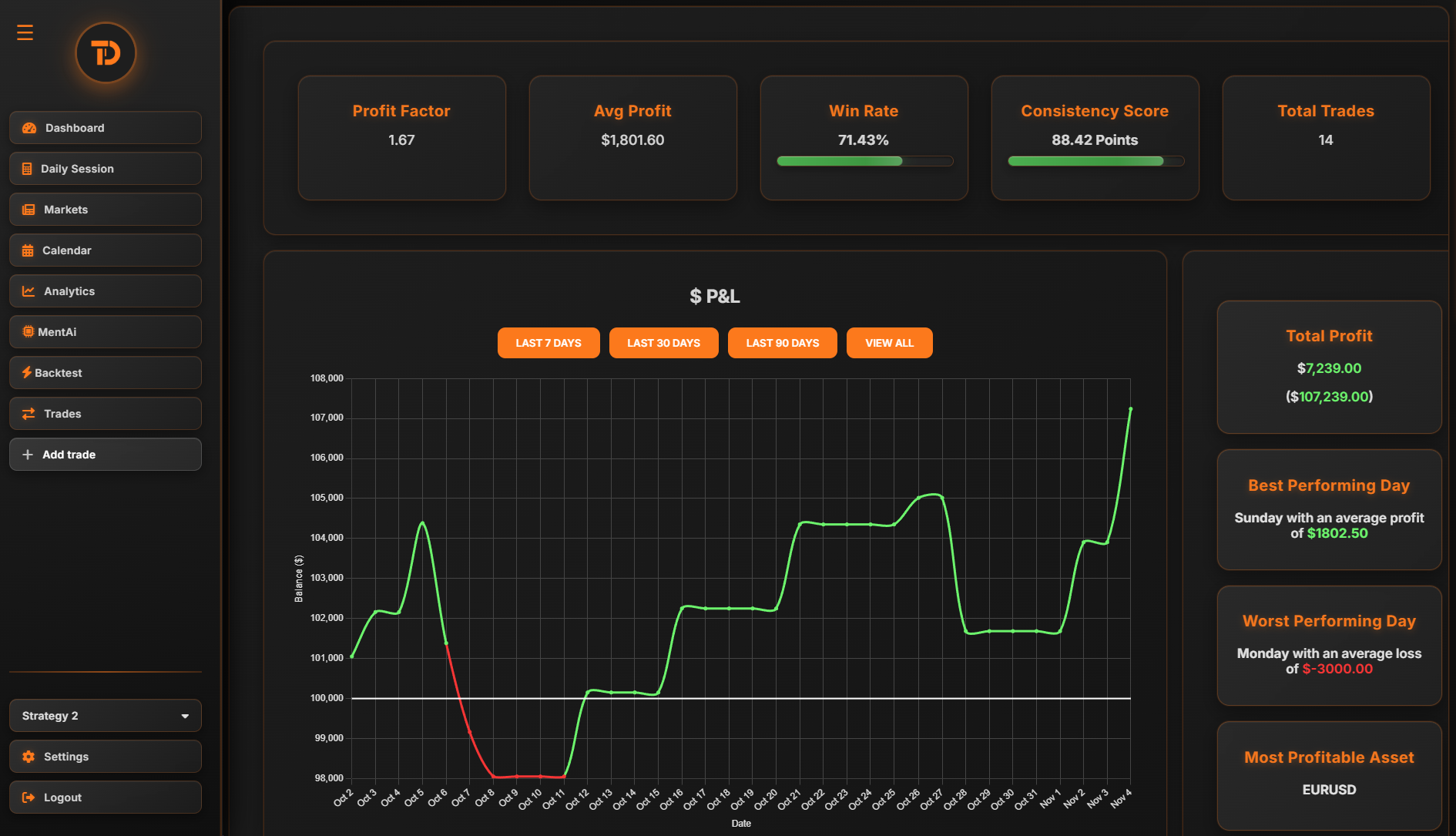Position sizing refers to determining how much capital to allocate to each trade, based on factors like account size, risk tolerance, and market conditions. Effective position sizing is critical for managing risk, as it ensures that you don’t expose too much of your account to any one trade. By calculating the appropriate position size, you protect your overall capital from significant losses, making it easier to recover if a trade doesn’t go as planned. A well-balanced approach to position sizing allows you to manage your risk more effectively, ensuring that even a string of losses won’t have a catastrophic impact on your trading account. This is particularly important in volatile markets where price swings can quickly move against you.
The goal of position sizing is to find a balance between maximizing profit potential and minimizing risk. For example, if you risk too much on a single trade, a large loss could severely damage your account, but if you risk too little, you might not fully capitalize on high-probability setups. By tailoring your position size to your individual risk tolerance and the characteristics of each trade setup, you can build a more sustainable trading approach that supports consistent, long-term growth.
. Why use a trading journal: Recording your position sizes in your trading journal is an important practice for evaluating how well you’re managing risk on each trade. By documenting the capital you allocate to each trade and reviewing the outcomes, you can assess whether you're risking too much or too little on individual positions. Over time, your journal will reveal patterns, allowing you to refine your approach to position sizing and develop a better sense of the ideal size for different setups, market conditions, or strategies. This self-awareness helps you strike the right balance between risk and reward, ensuring that you maintain consistent growth while protecting your capital from excessive drawdowns. Your trading journal serves as a valuable tool for improving discipline in risk management and making more informed decisions about position sizing.

